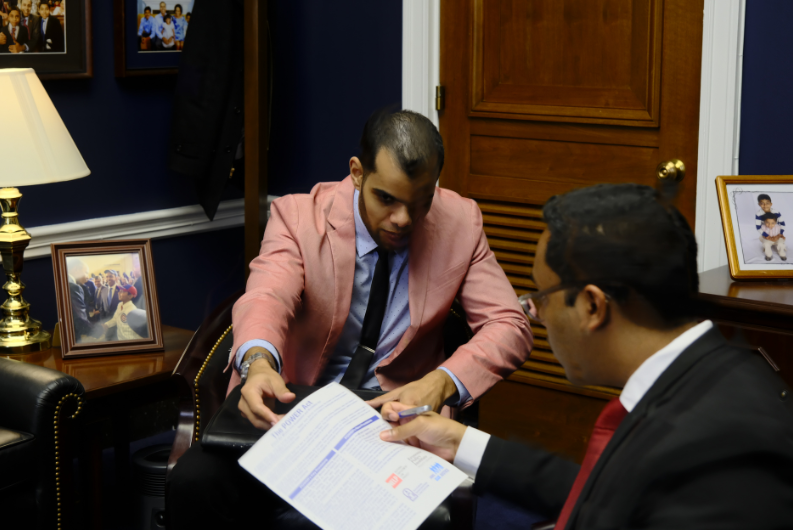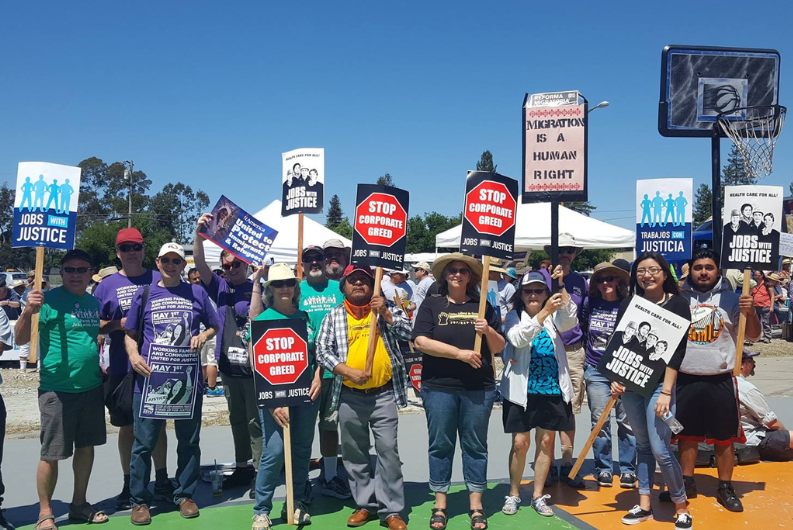To shed new light on how extensively U.S. guestworker programs are used, Jobs With Justice Education Fund along with the Economic Policy Institute, launched the first iteration of GuestworkerData.org today. This resource offers new state-by-state analysis of how employers use nonimmigrant employment visa programs – commonly referred to as “guestworker” programs – to hire foreign workers on a temporary basis. We think this website will be welcome news for policymakers and advocates, who have had to rely on limited, incomplete data disclosed by the government agencies overseeing these programs, despite being a prominent part of U.S. labor migration policy.
For the first time ever, the website presents state-by-state data describing how employers use three popular visa programs – H-1B visas for high-skilled workers; H-2B visas for low-skilled, non-agriculture workers; and H-2A visas for agriculture workers. In Fiscal Year 2013 alone, the government granted employer petitions to hire, or to extend or amend, the employment of 273,942 H-1B workers, 77,908 H-2B workers, and 104,699 H-2A workers.
Big Business has regularly lobbied Congress to expand and deregulate these programs. And, there’s every reason to believe they will continue to pursue these goals in the upcoming Congress.
Meanwhile, workers rights’ advocates, including Jobs With Justice, have urged reform, not expansion, of the existing guestworker programs. Even with the limited information available, we know of too many examples of abuse and exploitation of guestworkers with temporary visas and human trafficking facilitated by lax enforcement and weak legal protections covering workers in the visa programs. These cases underscore why a better understanding of how employers use the guestworker programs is so critical.
GuestworkerData.org’s initial analysis breaks down U.S. Citizenship and Immigration Services microdata to provide an accounting of the number of guestworkers hired by petitioners located in each state, along with the top employers and occupations in each of the three visa programs. The site will be continually updated, including with more detailed analysis of how employers’ use of the programs impacts state labor markets.
The limited amount of transparency over these prominent programs has troubled advocates and stymied an informed debate. Before rushing to augment programs that have the potential to lower labor standards and trap workers in egregious work arrangements, policymakers should have the facts. Basic questions like who employs guestworkers, where they’re employed, and what impact hiring them has on local labor markets have been difficult or impossible to answer due to a lack of data. GuestworkerData.org can help answer these questions. In doing so, this valuable resource can help Congress and advocates develop better labor migration policy – one that works for employers who play by the rules and for U.S. workers and guestworkers alike.




